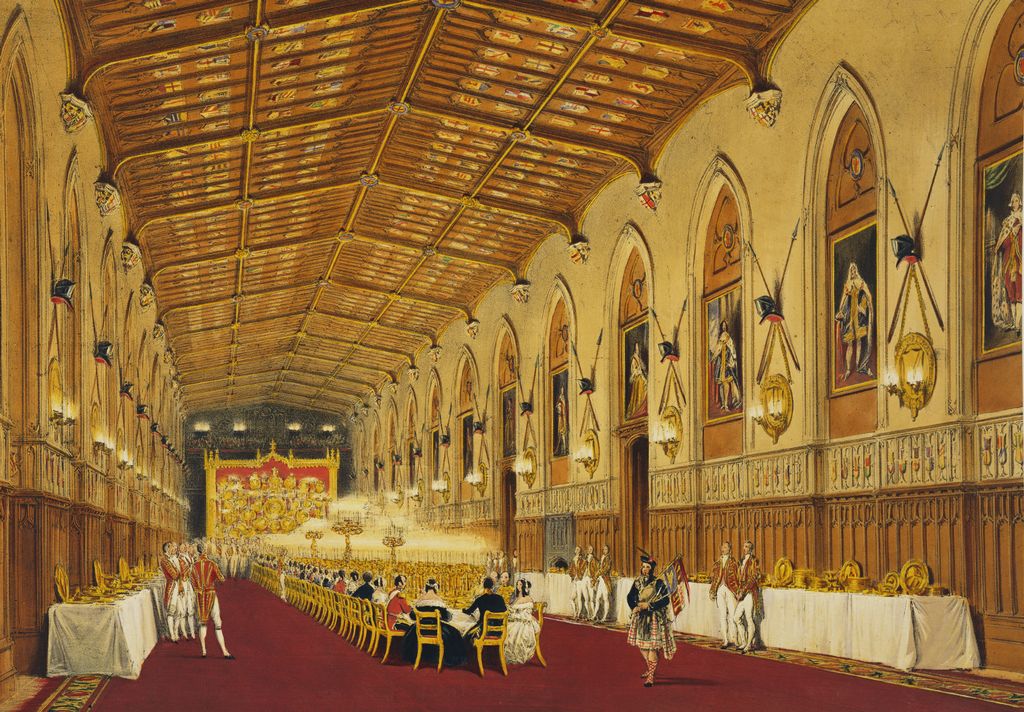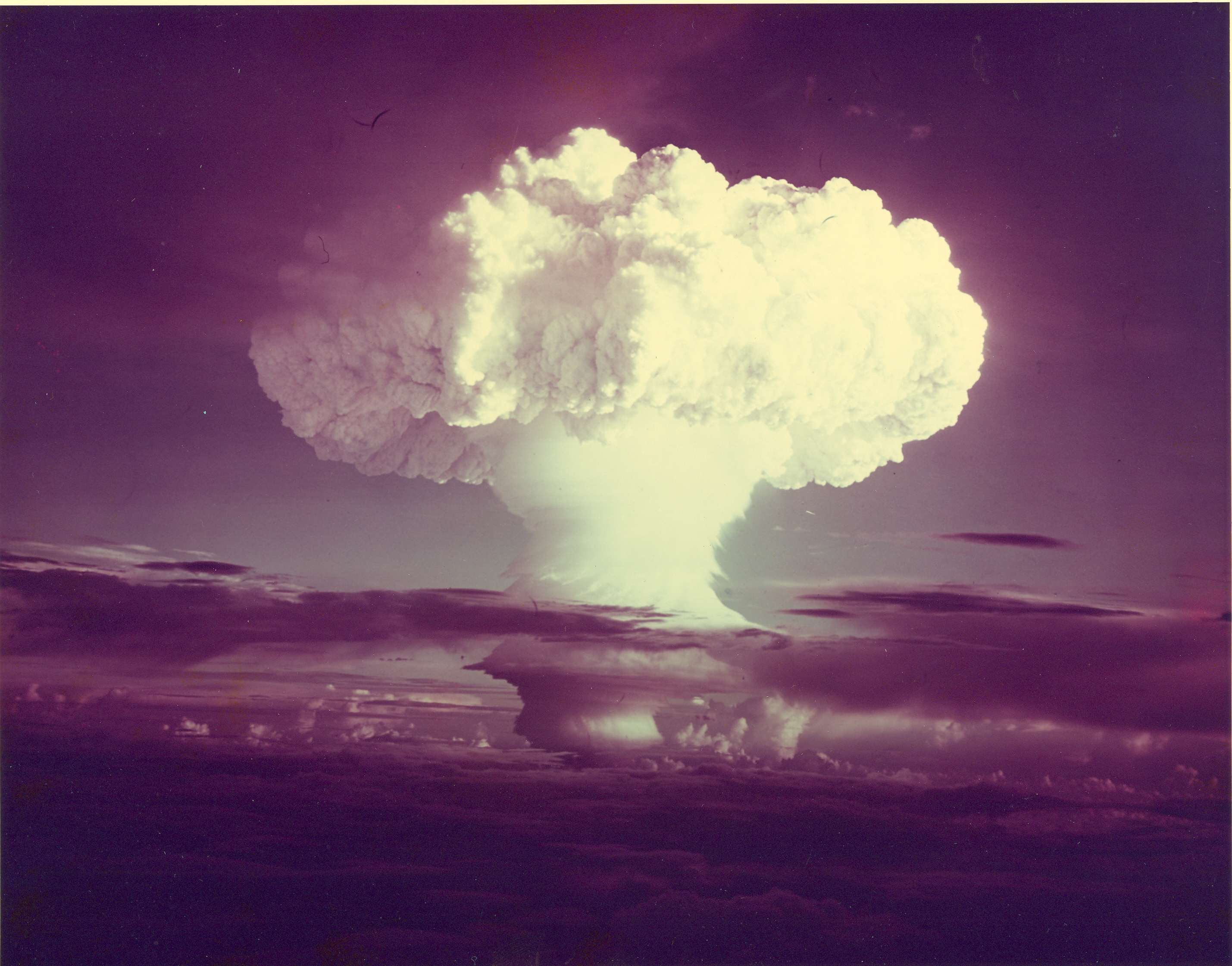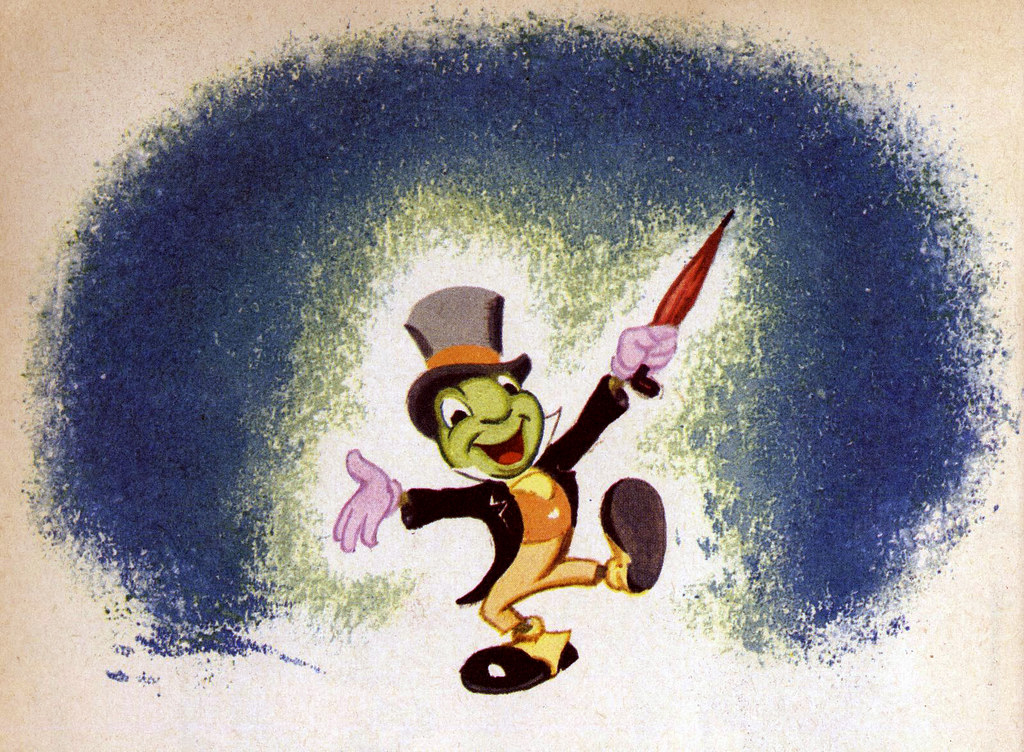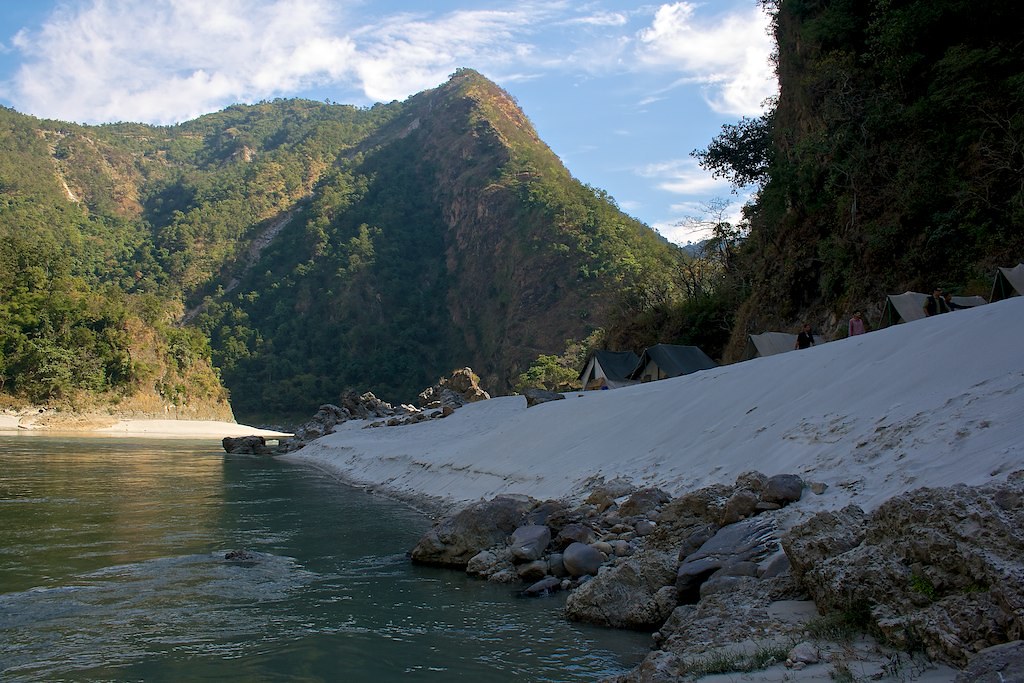My brother betrayed me. Let me tell you the story:
Sugriva and I have been very close for as long as I can remember. Little did I know that ever since I was crowned, he plotted to steal my throne.
I had just returned from my morning workout. Each day, I toss a mountain into the air for exercise. Great strength building. I highly recommend it. Anyways, I took a side road to get back home. Just before I reached the gate, a dart stung the back of my neck. Mayavi. The rakshasa had been harassing the people of my kingdom for weeks. Today he chose the wrong person to attack. I signaled a guard and loosed a shaft. The arrow stuck him in the shoulder. Although he was almost 100 yards away, I could see a change in his face. He wasn't surprised that he was injured, but rather he was stunned that it was me.
Without another thought, I leapt forward to pursue my enemy. It was time that I rid the world of the wretch. He knew that he could not match my strength head-on, so he Mayavi leaped backward and ran for the hills. Behind me I heard Sugriva's footsteps as he came to join me in battle. We ran for nearly an hour until Mayavi darted into a small cave. Since he wasn't going anywhere, I stopped to consult Sugriva.
"Stay here and guard the entrance until my return. The rakshasa will never again see the light of day."
"I'll await your return, brother."
I dashed into the cave.
Cave Entrance
For the next year, I chased that demon. The cave spanned for miles, and I covered every every inch until I reached the end. Mayavi was nowhere to be seen. He had somehow managed to sneak past me. I spun around in a flash and sprinted back to the opening. There he was, giddy at his apparent freedom. I grabbed his shoulder and thus commenced a brawl like never before. He stabbed me in the gut and dropped me to the ground with another blow. I remember the wicked smile on his face as he gloated over his victory. He relished in my defeat, with a spear in his right hand, ready to pierce my heart. The pause was his last mistake. I grabbed his ankle, pinned him to the ground, wrapped my fingers around his head, and crushed his skull with my bare hands. It cracked like an egg, and his blood flowed in a stream to the entrance of the cave, bits of brain bobbing like little boats on a mighty river.
I now wish that Mayavi had killed me when he had the chance. It took me three days to recover the strength that I needed to stand. Had I not gotten up, I never would have known that my brother abandoned me. I walked towards the mouth of the cave, but I realized that it was gone. Had I angered the gods so that they commanded the Earth to swallow me whole? I dug fiercely to escape, fueled by my desire to see Sugriva again.
When I reached the surface, the forest was dead quiet. What was wrong? Where was Sugriva? I mustered all the strength I had left to make it back to the city. I had to know what happened to my brother. Stunned silence seemed to follow me as I made my way to the castle. I entered the throne room, and there he was. Sugriva sat upon my chair with a crown upon his head. It dawned upon me: Sugriva had trapped me in the cave so that he might take my place as king. Finally, my strength failed and I collapsed, unconscious on the floor.
When I woke, I thought it must have been a dream. That is, until Sugriva walked into the room, a golden crown still on his head. He gave me every excuse in the book. According to him, he had spent an entire year watching over the cave until he saw blood issuing from the entrance. He thought I was dead and covered the cave with a mountain. Even if is was the truth, he had still committed treason by leaving me there. The punishment for treason is death, but I could not kill my own kin, so I gave him until sundown to leave the city.
That brings us today. Sugriva has been in exile for several years now, but apparently he has not given up on ruling the
Vanara. He has made a new ally, Rama, and now he challenges me to a duel. I cannot refuse. Tomorrow I battle my brother. May the gods be with us both.
Author's Note: I chose to write this story because I was interested in
Sugriva and Vali's relationship. Rama sides with Sugriva after only listening to Sugriva’s side of the story. Rama thinks that Vali is unreasonable for banishing his brother, but I was not certain that Sugriva was in the right. Since we did not hear from Vali himself, I wanted to tell his side of the story. As Vali’s account, I thought this particular story was well suited for first-person.
Last week, I created entirely new characters for the retelling, but this week I wanted to tell the story with the Ramayana characters themselves. This made writing more difficult because I did not have as much room to change details. Although, since we don’t have as many details about the fight in the hole, I had more room to add my own details for that part of the story. Mayavi's death was inspired by a
Game of Thrones scene [spoilers] that I just watched for the second time last night. Although, I mention Vali’s strength and make it clear that he is the better warrior of the two, the amount of time that he avoids capture suggests that Mayavi has some unexpected advantage.
Bibliography:
"Sugriva's Story" by Geraldine Hodgson, from Rama and the Monkeys (1903). Web Source:
PDE Ramayana.














_Ayodhya_Ram_Paidi_Uttar_Pradesh_India_2013.jpg/1599px-(1)_Ayodhya_Ram_Paidi_Uttar_Pradesh_India_2013.jpg)





